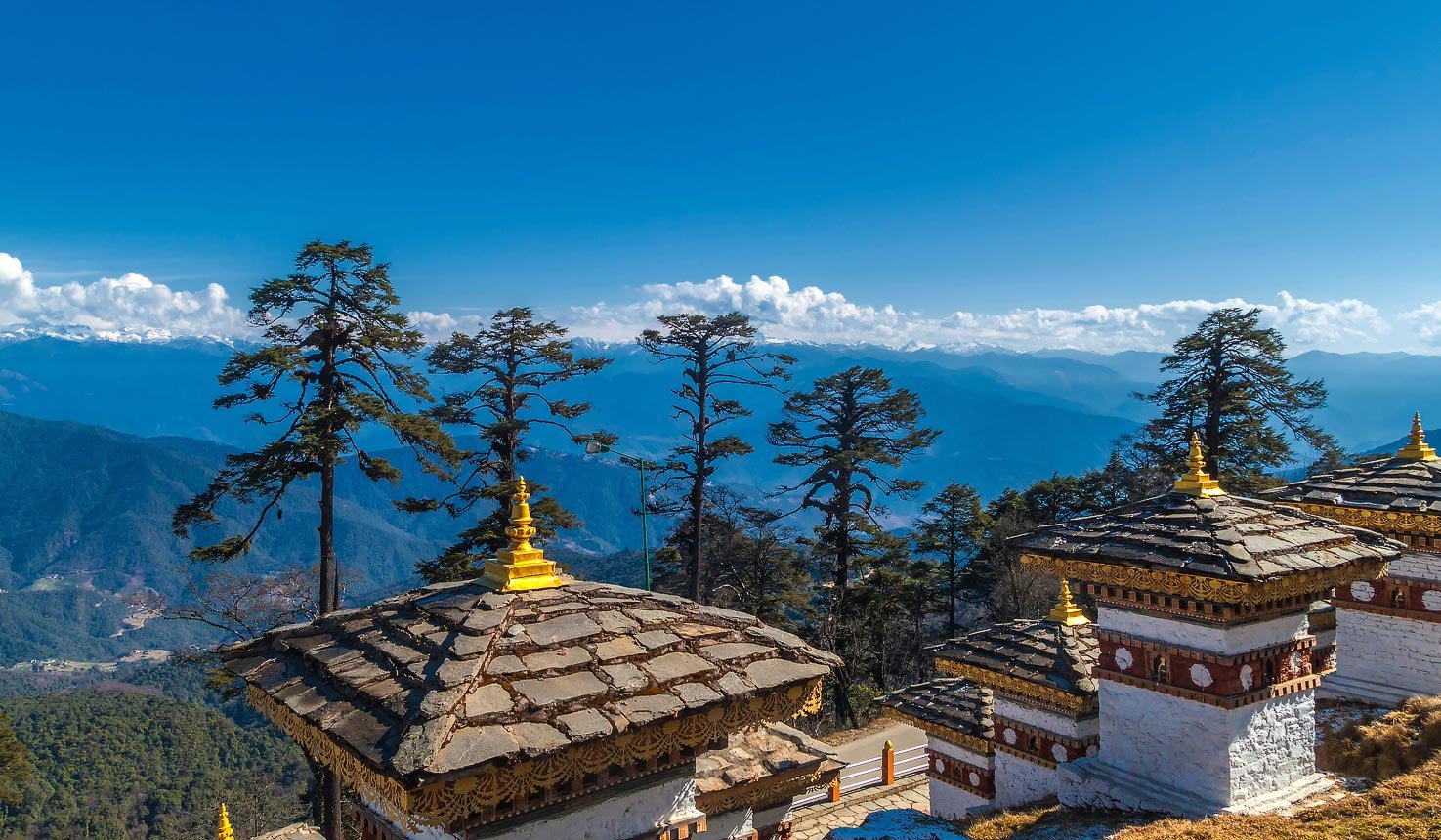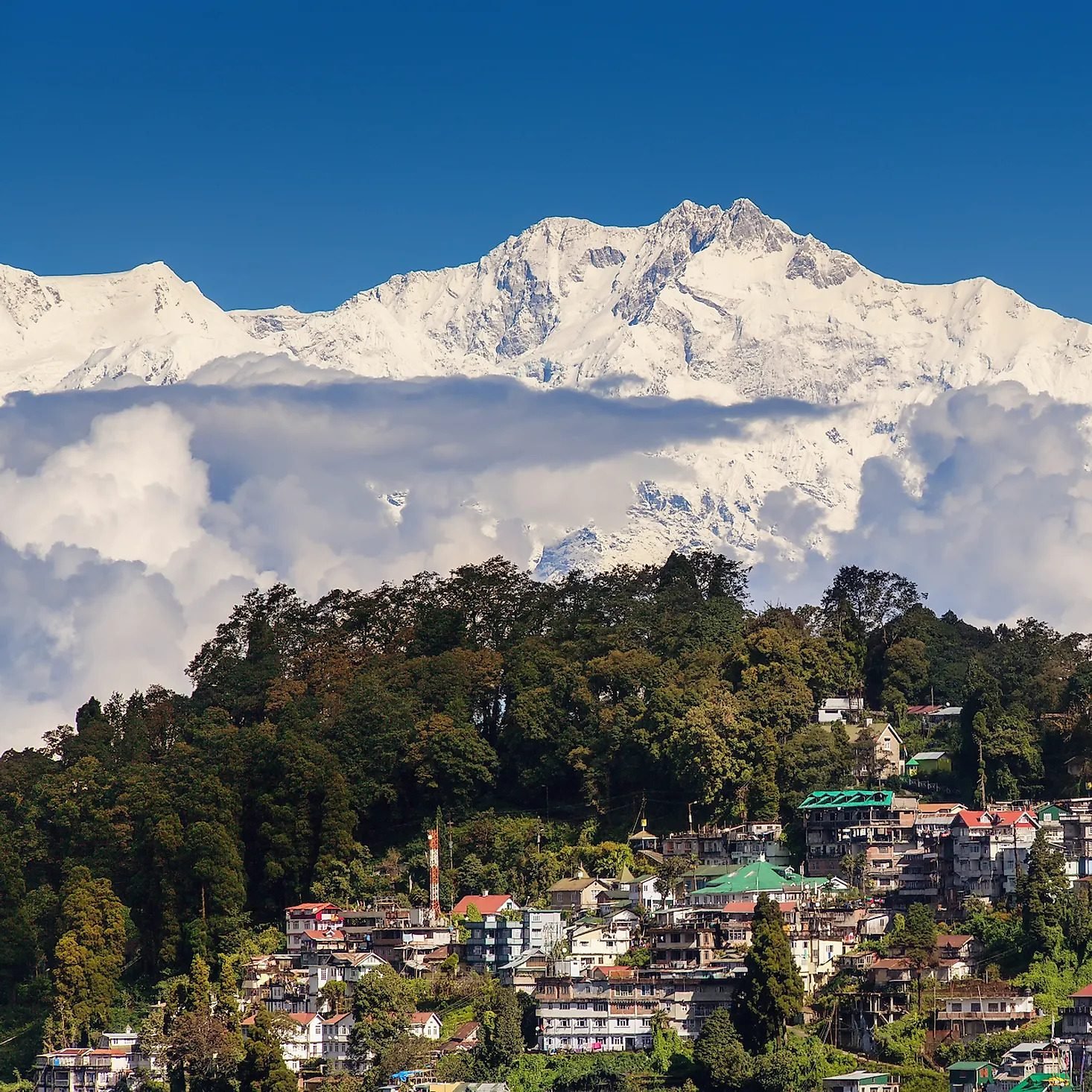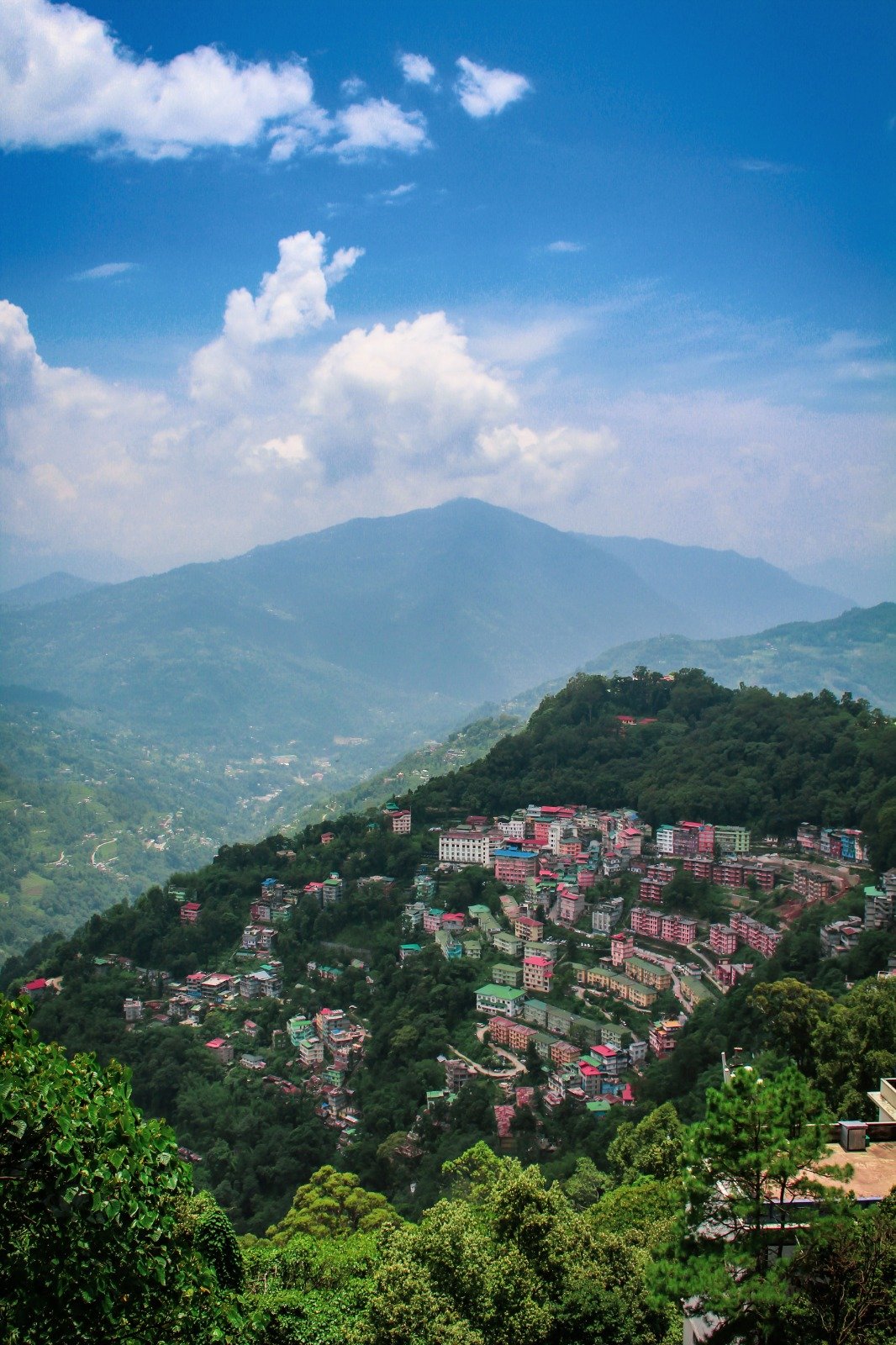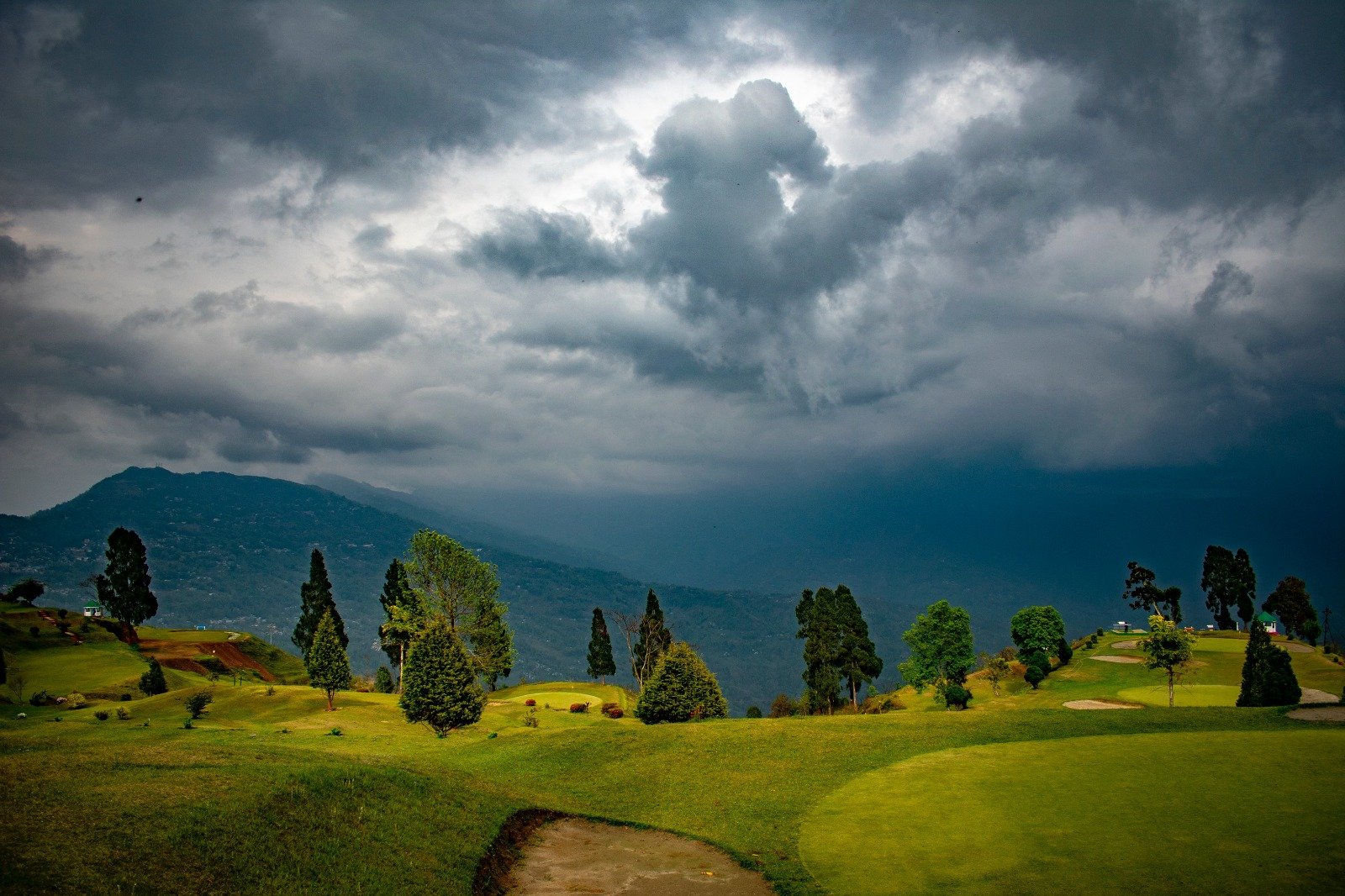The Sikhs’ holy city of Amritsar is the largest city in Punjab: noisy and congested, but its old city in particular is as lively as any in India, and contains the fabled Golden Temple, whose domes soar above the teeming streets. Amritsar is also an important staging-post for those crossing the Indo–Pakistan frontier at Wagha, 29km west.
PLACES TO VISIT IN THIS REGION
Amritsar’s twentieth-century history has been blighted by a series of appalling massacres. The first occurred in 1919, when thousands of unarmed civilian demonstrators were gunned down without warning by British troops in Jallianwalla Bagh – an atrocity that inspired Gandhi’s Non-Cooperation Movement. During Partition, Amritsar experienced some of the worst communal blood-letting ever seen on the Subcontinent. In 1983, heavily armed Sikh fundamentalists under the preacher-warrior Sant Jarnail Singh Bhindranwale occupied the Golden Temple’s Akal Takht, and in early June 1984 Indira Gandhi ordered a paramilitary attack on the temple, code-named Operation Blue Star, in which two thousand people were killed, including pilgrims trapped inside.
Indira Gandhi’s assassination by her Sikh bodyguards just four months later provoked the worst riots in the city since Partition. But Congress learned little from its mistakes and in 1987, Indira’s son Rajiv reneged on an important accord with the main Sikh party, Akali Dal, strengthening the hand of the separatists, who retaliated by occupying the temple again. This time, the army responded with more restraint, leaving Operation Black Thunder to the Punjab police. Neither as well provisioned nor as well motivated as Bhindranwale’s martyrs, the fundamentalists eventually surrendered.
PLACES TO VISIT IN AMRITSAR
The Golden Temple
Even visitors without a religious bone in their bodies cannot fail to be moved by Amritsar’s resplendent Golden Temple, spiritual centre of the Sikh faith and open to all. Built by Guru Arjan Dev in the late sixteenth century, the richly gilded Harmandir rises from the middle of an artificial rectangular lake, connected to the surrounding white-marble complex by a narrow causeway. Every Sikh tries to make at least one pilgrimage here during their lifetime to listen to the sublime music (shabad kirtan), readings from the Adi Granth and also to bathe in the purifying waters of the temple tank – the Amrit Sarovar or “Pool of Immortality-Giving Nectar”.
Best time to visit the Golden Temple
The best time to visit the Golden Temple is early morning, to catch the first rays of sunlight gleaming on the bulbous golden domes and reflecting in the waters of the Amrit Sarovar. Sunset and evenings are an excellent time to tune in to the beautiful music performed in the Harmandir.
Staying at the Golden Temple complex
Undoubtedly the most authentic places to stay in Amritsar are the five niwas or pilgrim hostels run by the Golden Temple management committee. Intended for Sikh pilgrims, these charitable institutions also open their doors to foreign tourists. Charges are nominal (by donation, which is at your discretion), but stays are limited to a maximum of three nights.
The first building as you approach on the east side of the temple is the Guru Arjan Dev Niwas, which has the check-in counter for Indian citizens. Foreigners have their own dedicated room at the Sri Guru Ramdas Ji Niwas, which is the next one along. The Sri Guru Nanak Niwas was where Bhindranwale and his men holed up prior to the Golden Temple siege in 1984.
The downside of staying at these niwas is that facilities can be basic (charpoy beds and communal wash-basins in the central courtyard are the norm) and security can be a problem, although lockers are available in the foreigners’ section. Alternatively, private rooms are available by the eastern entrance to the temple itself. It is advisable to book in advance as rooms and beds are almost always at a premium.
Bedlam at the border with Pakistan
Every evening as sunset approaches, the India-Pakistan border closes for the night with a spectacular and somewhat Monty Pythonesque show. It takes place at a remote little place 27km west of Amritsar called Wagha (the nearest town, 2km away, is Attari), connected by frequent minibuses to Amritsar. Hundreds, if not thousands, of Indians make their way westwards to Wagha (and Pakistanis eastwards) to watch the popular tourist attraction from specially erected stands.
Indian guards sporting outrageous moustaches and outlandish hats perform synchronized speed marching along a 100m walkway to the border gate where they turn and stomp back. Raucous cheering, clapping and much blowing of horns accompanies the spectacle. Guards on the Pakistan side then emulate their neighbours’ efforts to much the same sort of cacophony on the other side of the gate. The guards strut their military catwalk several times and then vanish into the guardhouse. Flags are simultaneously lowered, the gates slammed shut and the crowds on either side rush forward for a massive and congenial photo session. On both sides, more empathy than ever occurs on a cricket pitch permeates the air; photos are taken with the stone-faced guards and then everyone heads home – back to business as usual.
The Jallianwalla Bagh massacre
Just 100m northeast of the Golden Temple, a narrow lane leads between two tall buildings to Jallianwalla Bagh memorial park, site of one of the bloodiest atrocities committed by the British Raj.
In 1919, a series of one-day strikes, or hartals, was staged in Amritsar in protest against the recent Rowlatt Act, which enabled the British to imprison without trial any Indian suspected of sedition. When the peaceful demonstrations escalated into sporadic looting, the lieutenant governor of Punjab declared martial law and called for reinforcements from Jalandhar. A platoon of infantry arrived soon after, led by General R.E.H. Dyer.
Despite a ban on public meetings, a mass demonstration was called by Mahatma Gandhi for April 13, the Sikh holiday of Baisakhi. The venue was a stretch of waste ground in the heart of the city, hemmed in by high brick walls and with only a couple of alleys for access. An estimated twenty thousand people gathered in Jallianwalla Bagh for the meeting. However, before any speakers could address the crowd, Dyer and his 150 troops, stationed on a patch of high ground in front of the main exit, opened fire without warning. By the time they had finished firing, ten to fifteen minutes later, hundreds of unarmed demonstrators lay dead and dying, many of them shot in the back while clambering over the walls. Others perished after diving for cover into the well that still stands in the middle of the bagh.
No one knows exactly how many people were killed. Official estimates put the death toll at 379, with 1200 injured, although the final figure may well have been several times higher; Indian sources quote a figure of two thousand dead. Hushed up for more than six months in Britain, the Jallianwalla Bagh massacre caused an international outcry when the story finally broke. It also proved seminal in the Independence struggle, prompting Gandhi to initiate the widespread civil disobedience campaign that played such a significant part in ridding India of its colonial overlords.
Moving first-hand accounts of the horrific events of April 13, 1919, and contemporary pictures and newspaper reports, are displayed in Jallianwalla Bagh’s small martyrs gallery. The well, complete with chilling bullet holes, has been turned into a memorial to the victims.




